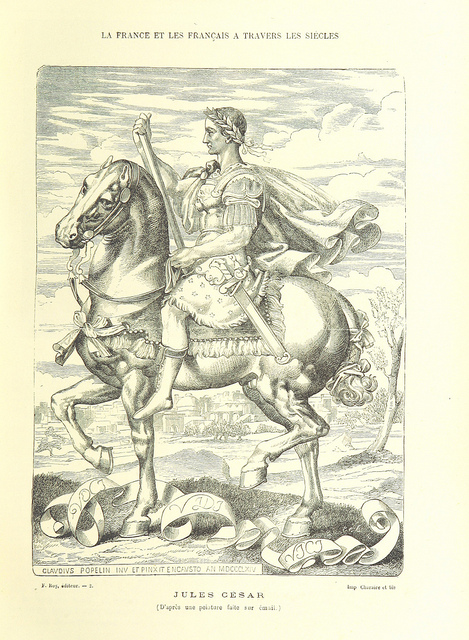 At Mama Lounge we provide prenatal care to women during all phases of pregnancy. This frequently includes preparing the body for labor and discussing birthing options. We find our San Francisco clientele are bright savvy women who are usually clear on their intentions regarding natural birth and/or medication (learn more about our Birth Preparation Acupuncture Series and Prenatal Massage). And then there’s the Cesarean.
At Mama Lounge we provide prenatal care to women during all phases of pregnancy. This frequently includes preparing the body for labor and discussing birthing options. We find our San Francisco clientele are bright savvy women who are usually clear on their intentions regarding natural birth and/or medication (learn more about our Birth Preparation Acupuncture Series and Prenatal Massage). And then there’s the Cesarean.
While C-Sections are no one’s first choice, they have become increasingly common. According to statistics, almost a quarter of all babies born in the United States are delivered via c-section. We recognize how lucky we are to have the ability in this day and age to perform successful C-sections and wanted to take a moment to reflect on the history of this procedure that has saved the lives of so many women and babies. Did you know:
- Cesarean Meaning – In ancient times the procedure that we refer to today as a C-section was used as a last measure to save the baby’s life when the mother was already dead or dying. There were some rare reports of women surviving but it is not known how accurate these stories were. In Julius Caesar’s time, Roman law decreed that all women who died in childbirth must be cut to save the baby – giving us the term cesarean section.
- The First Recorded Successful C-Section – In the nineteenth century developments in surgery and medicine began to radically change what the birthing process was like. Because only men were allowed to go to medical school and to handle the newly developed instruments such as forceps midwives started become obsolete. However it was James Miranda Stuart Barry, a woman who disguised herself as a man, who performed the first recorded successful c-section in Britain!
- C-Sections Used to Include Hysterectomies – Around the same time the introduction of ether + antiseptics + the discovery of the use of internal sutures helped increase the mother’s chance of survival. Prior to these tools, doctors performed hysterectomies at the same time as the c-section, believing they were minimizing post-op infection and sepsis.
- Rickets? – With increased urbanization in the 20th century many women lacked access to fresh produce, milk and exposure to sunlight. Many children developed rickets, a nutritional disease that causes improper bone development. As adult women they were unable to give birth naturally and there was a huge increase in caesareans performed.
- Enter: Penicillin – After the introduction of penicillin as a drug in 1940, mortality rates for women after the surgery plummeted. C-sections were now firmly entrenched in the medical profession and a viable option for saving both the mother and the baby that has grown to become more and more (thankfully) about the mutual survival of mother and baby.




